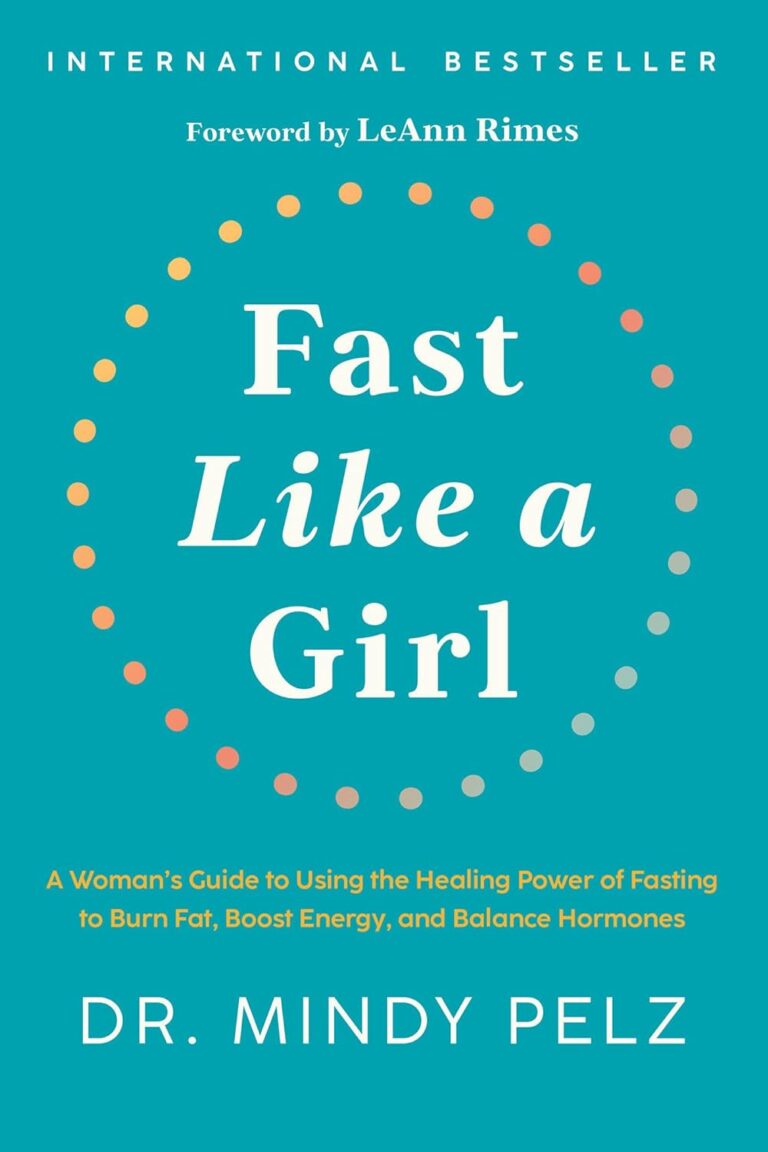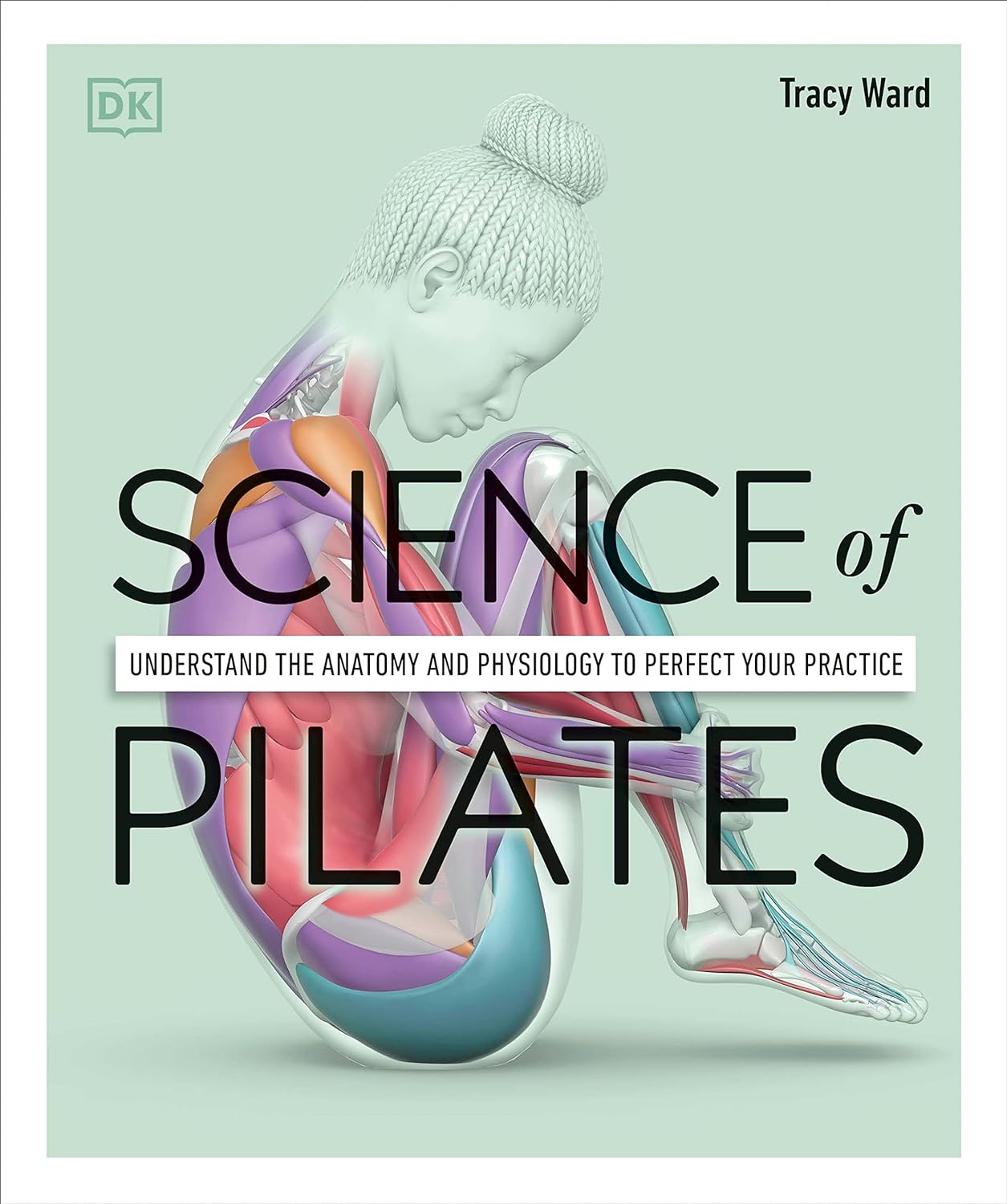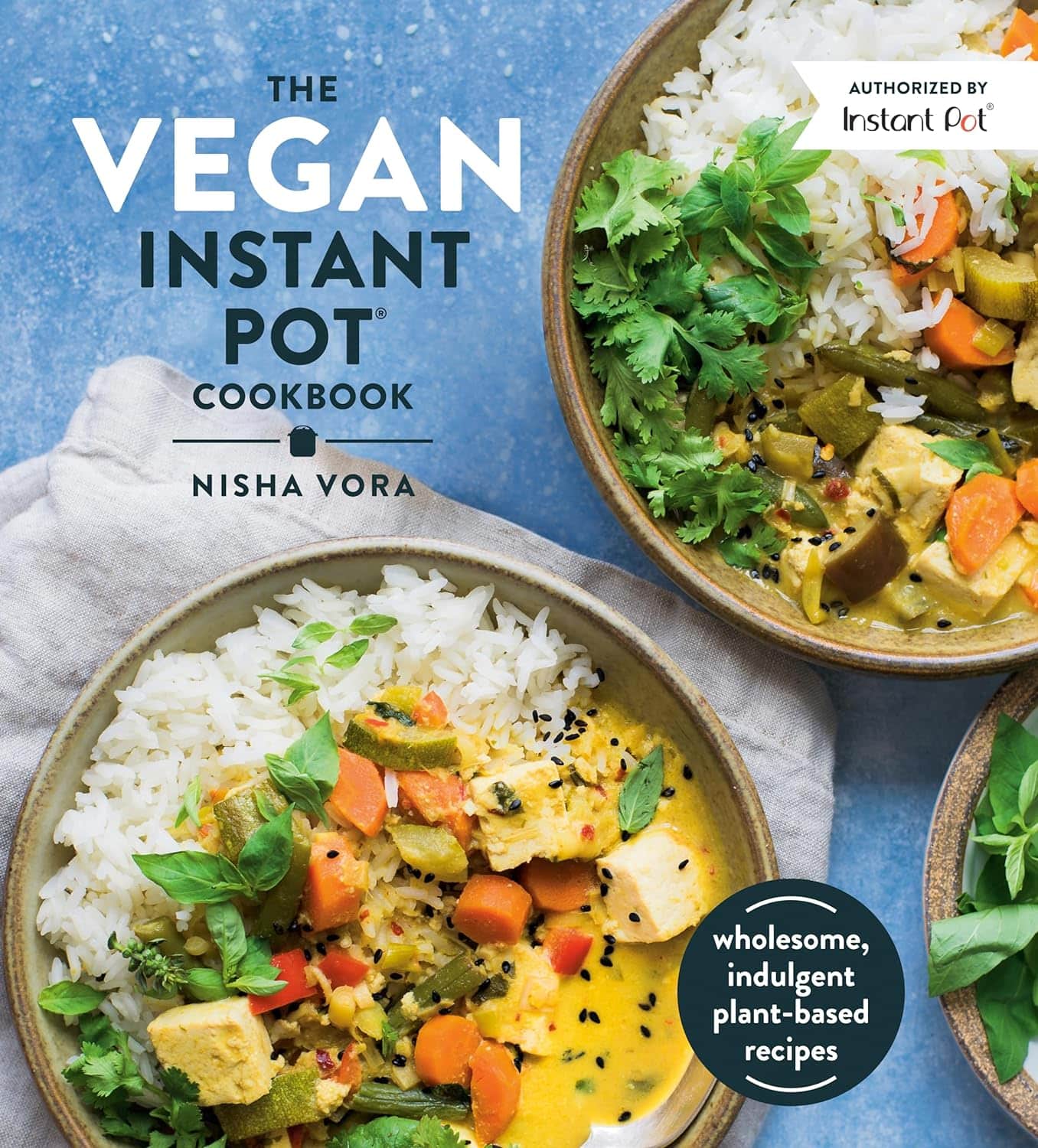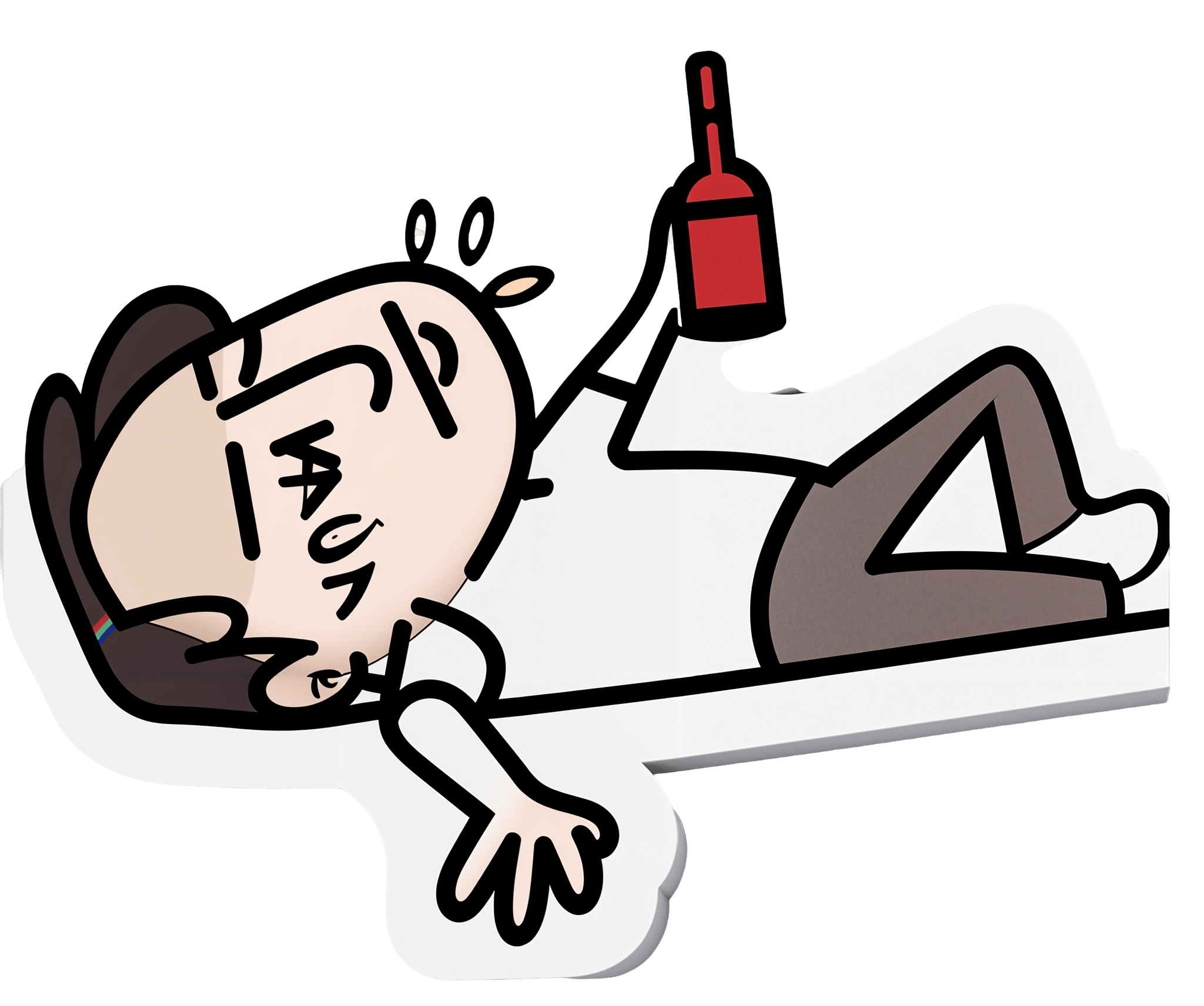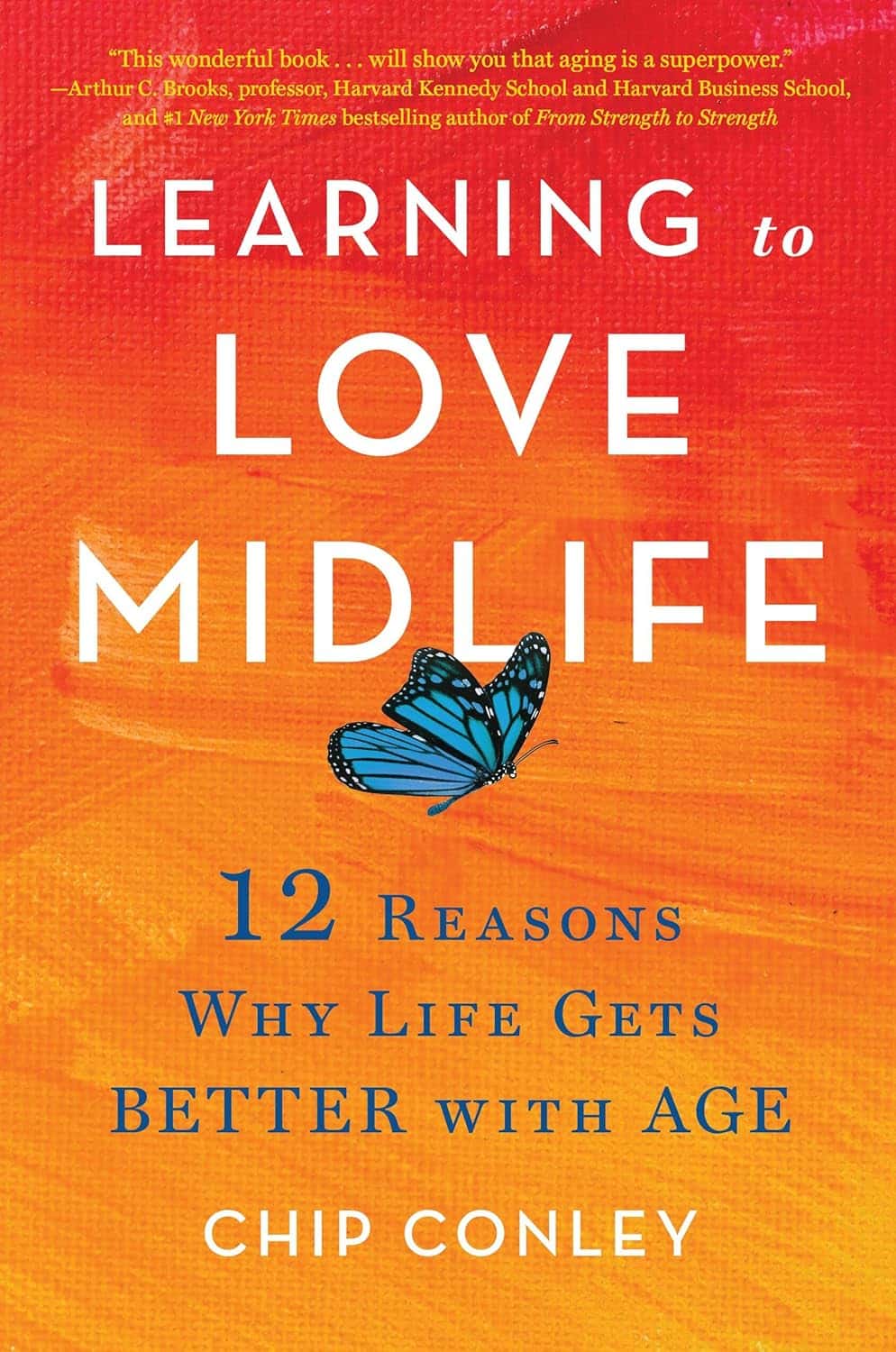
Learning to Love Midlife – by Chip Conley
10almonds is reader-supported. We may, at no cost to you, receive a portion of sales if you purchase a product through a link in this article.
While the book is titled about midlife, it could have said: midlife and beyond.
Some of the benefits discussed in this book really only kick in during one’s 50s, 60s, or 70s, usually. Which, for all but the most optimistic, is generally considered to be stretching beyond what is usually called “midlife”.
However! Chip Conley makes the argument for midlife being anywhere from one’s early 30s to mid-70s, depending on what (and how) we’re doing in life.
He talks about (as the subtitle promises) 12 reasons life gets better with age, and those reasons are grouped into 5 categories, thus:
- Physical life
- Emotional life
- Mental life
- Vocational life
- Spiritual life
It may surprise some readers that there are physical benefits that come with aging, but we do get two chapters in that category.
The writing style is very casual, yet with references to science throughout, and a bibliography for such.
Bottom line: if you’d like to make sure you’re making the most of your midlife and beyond, this a book that offers a lot of guidance on doing so!
Click here to check out Learning to Love Midlife, and age in style!
Don’t Forget…
Did you arrive here from our newsletter? Don’t forget to return to the email to continue learning!
Recommended
Learn to Age Gracefully
Join the 98k+ American women taking control of their health & aging with our 100% free (and fun!) daily emails:
-
For tennis star Destanee Aiava, borderline personality disorder felt like ‘a death sentence’ – and a relief. What is it?
10almonds is reader-supported. We may, at no cost to you, receive a portion of sales if you purchase a product through a link in this article.
Last week, Australian Open player Destanee Aiava revealed she had struggled with borderline personality disorder.
The tennis player said a formal diagnosis, after suicidal behaviour and severe panic attacks, “was a relief”. But “it also felt like a death sentence because it’s something that I have to live with my whole life”.
A diagnosis is often associated with therapeutic nihilism. This means it’s viewed as impossible to treat, and can leave clinicians and people with the condition in despair.
In fact, people with this disorder can and do recover with adequate support. Understanding it is caused by trauma is fundamental to effectively treat this complex and poorly understood mental illness.
A stigmatising diagnosis
The name “borderline personality disorder” is confusing and adds greatly to the stigma around it.
Doctors first used “borderline” to describe a condition they believed was in-between two others: neurosis and psychosis.
But this implies the condition is not real in itself, and can invalidate the suffering and distress the person and their loved ones experience.
“Personality disorder” is a judgemental term that describes the very essence of a person – their personality – as flawed.
What is borderline personality disorder?
People with the disorder can express a range of symptoms, but high levels of anxiety – including panic attacks – are usually constant.
Symptoms cluster around four main areas:
- high impulsivity (leading to suicidal thoughts and behaviour, self-harm and other risky behaviours)
- unstable or poor sense of self (including low self-esteem)
- mood disturbances (including intense, inappropriate anger, episodic depression or mania)
- problems in relationships.
People with the disorder greatly fear being abandoned and as a result, commonly have distressing difficulties in interpersonal relationships.
This creates a “push-pull” dynamic with loved ones, as people with borderline personality disorder seek closeness, but push away those they love to test the strength of the relationship.
For example, they may escalate a small issue into a major disagreement to see if the loved one will “stick with them” and reinforce their love.
Conversely, if a loved one appears distant or fed up – for example, is thinking about ending the relationship – the person with borderline personality disorder will make major efforts to “pull” them back. This might look like a flurry of messages, expressions of despair, or even suicidal behaviours.
People with borderline personality disorder greatly fear being abandoned, making relationship issues common. Drazen Zigic/Shutterstock Who does it affect?
The disorder affects one in 100 Australians, although this is likely a conservative estimate, as diagnosis is based on the most severe symptoms.
Women are much more likely to be diagnosed with it than men – but why this is so remains a major debate, with political and sociological factors playing a role in making psychiatric diagnoses. Symptoms usually begin in the mid to late teens.
While an initial response to receiving a diagnosis can be comforting for some, it is commonly seen as a chronic, relapsing condition, meaning symptoms can return after a period of improvement.
Borderline personality disorder can fluctuate in intensity and mimic other conditions such as major depression, bipolar disorder, anxiety disorders and psychosis.
Estimates suggest 26% of presentations at emergency departments for mental health issues are by people diagnosed with personality disorders, particularly borderline personality disorder.
What causes it?
The main cause for borderline personality disorder appears to be trauma in early life, compounded by repeated traumas later.
Early life trauma can lead to biological changes in the brain that cause behavioural, emotional or cognitive shifts, leading to social and relationship issues. This is known as complex post-traumatic stress disorder.
Aiava has acknowledged the disorder is “mainly from childhood trauma”, although she has not given details about her specific experiences.
People with borderline personality disorder usually have complex post-traumatic stress disorder. But complex post-traumatic stress disorder doesn’t always result in a borderline personality disorder diagnosis.
Although the two disorders are not identical, they share many similarities, in particular that they are both caused by complex and repeated trauma.
However those with borderline personality disorder tend to experience more rage, emotional disturbances and have a greater fear of abandonment.
They also face greater stigma, whereas the term “complex post-traumatic stress disorder” doesn’t carry the same negative connotations and focuses on the cause of the condition – trauma – rather than “personality”, leading to better treatment options.
The recognition of the major role of trauma in borderline personality disorder is an important step forward in treating the disorder. But because of the stigma associated with it, using the diagnosis of complex post-traumatic stress disorder maybe a better step forward in the future.
Can it be treated?
There are many effective psychological therapies and other treatments for people with borderline personality disorder or complex post-traumatic stress disorder.
For example, dialectical behavioural therapy is a type of cognitive therapy that helps people learn skills such as tolerating distress, managing relationships, regulating emotions and practising mindfulness.
The treatment of people with post-traumatic stress disorder, including victims of war and rape, has taught us a lot about how to treat complex, underlying trauma. For example, with trauma-focused psychological therapies.
Other new treatments, such as eye movement desensitisation and reprogramming, have also shown to be effective.
Many people with borderline personality disorder who receive treatment and have supportive relationships are able to “outgrow” the condition. Others may need to continue to manage symptoms while pursuing a good quality of life.
Treating trauma, not personality
Rethinking borderline personality disorder as a trauma disorder enables a more effective and understanding approach for those with it.
Understanding what trauma does to the brain means newer, targeted medications can also be used.
For example, our research has shown how the brain’s glutamate system – the chemicals responsible for learning and making sense of one’s environment – is overactive in people with complex post-traumtic stress disorder. Medications that work on the glutumate system may therefore help alleviate borderline personality disorder symptoms.
Educating partners and families about borderline personality disorder, providing them support and co-designing crisis strategies are also important parts of total care. Preventing early life trauma is also critical.
If this article has raised issues for you, or if you’re concerned about someone you know, call Lifeline on 13 11 14.
Jayashri Kulkarni, Professor of Psychiatry, Monash University and Eveline Mu, Research Fellow in Women’s Mental Health, Monash University
This article is republished from The Conversation under a Creative Commons license. Read the original article.
Share This Post
-
Top 10 Unhealthy Foods: How Many Do You Eat?
10almonds is reader-supported. We may, at no cost to you, receive a portion of sales if you purchase a product through a link in this article.
The items on this list won’t come as a shocking surprise to you, but it can be a good opportunity to do a quick tally and see how many of these have snuck into your diet:
The things that take away health instead of adding it
Without further ado, they are…
- Alcohol: not only is it high in empty calories, but also it’s bad for pretty much everything, especially increasing the risks of liver disease, high blood pressure, and stroke.
- Processed snacks: low in nutrition; contain unhealthy fats, refined sugars, and artificial additives that often aren’t great.
- Potato chips: get their own category for being especially high in fat, sodium, and empty calories; contribute to heart disease and weight gain.
- Processed cheese: some kinds of cheese are gut-healthy in moderation, but this isn’t. Instead, it’s just loaded with saturated fats, sodium, and sugars, and is pretty much heart disease in a slice.
- Donuts: deep-fried, sugary, and made with refined flour; cause blood sugar spikes and crashes, and what’s bad for your blood sugars is bad for almost everything else.
- French fries & similar deep-fried foods: high in saturated fats and sodium; contribute to obesity and heart issues, are not great for blood sugars either.
- White bread: made with refined flour; cause blood sugar spikes and metabolic woes.
- Sodas: high in sugar or artificial sweeteners; can easily lead to weight gain, diabetes, and tooth decay.
- Processed meats: high in calories and salt; strongly associated with heart disease and cancer.
- Hot dogs & fast food burgers: get their own category for being the absolute worst of the above-mentioned processed meats.
This writer scored: no / rarely / no / no / no / rarely / rarely / rarely / no / no
How about you?
Click Here If The Embedded Video Doesn’t Load Automatically!
Want to learn more?
You might also like to read:
Take care!
Share This Post
-
10 “Healthy” Foods That Are Often Worse Than You Think
10almonds is reader-supported. We may, at no cost to you, receive a portion of sales if you purchase a product through a link in this article.
“This is healthy, it’s a…” is an easy mistake to make if one doesn’t read the labels. Here are 10 tricksters to watch out for in particular!
Don’t be fooled by healthy aesthetics on the packaging…
Notwithstanding appearances and in many cases reputations, these all merit extra attention:
- Yogurt: sweetened yogurts, especially “fruit at the bottom / in the corner” types, often have 15–30g of sugar per serving. Plain Greek yogurt is a better choice, offering 15–20g of protein with no added sugar. You can always add fresh fruits or spices like sweet cinnamon for flavor without added sugar.
- Oatmeal: prepackaged oatmeal can contain 12–15 grams of added sugar per serving, similar to a glazed donut. Additionally, finely milled oats (as in “instant” oatmeal) can cause blood sugar spikes by itself, due to the loss of fiber. Better is plain oats, and if you like, you can sweeten them naturally with sweet cinnamon and/or fresh fruit for a healthier breakfast.
- Sushi: while sushi contains nutritious fish, it often has too much white rice (and in the US, sushi rice is also often cooked with sugar to “improve” the taste and help cohesion) and sugary sauces. This makes many rolls much less healthy. So if fish (the sashimi component of sushi) is your thing, then focus on that, and minimize sugar intake for a more balanced meal.
- Baked beans: store-bought baked beans can have up to 25g of added sugar per cup, similar to soda. Better to opt for plain beans and prepare them at home so that nothing is in them except what you personally put there.
- Deli meats: deli meats are convenient but often are more processed than they look, containing preservatives linked to health risks. Fresh, unprocessed meats like chicken or turkey breast are healthier and can still be cost-effective when bought in bulk.
- Fruit juices: fruit juices lack fiber (meaning their own natural sugars also become harmful, with no fiber to slow them down) and often contain added sugars too. Eating whole fruits is a much better way to get fiber, nutrients, and controlled healthy sugar intake.
- Hazelnut spread: hazelnut spreads are usually 50% added sugar and contain unhealthy oils like palm oil. So, skip those, and enjoy natural nut butters for healthier fats and proteins.
- Granola: granola is often loaded with added sugars and preservatives, so watch out for those.
- Sports drinks: sports drinks, with 20–25g of added sugar per serving, are unnecessary and unhelpful (except, perhaps, in case of emergency for correcting diabetic hypoglycemia). Stick to water or electrolyte drinks—and even in the latter case, check the labels for added sugar and excessive sodium!
- Dark chocolate: dark chocolate with 80% or more cocoa has health benefits but still typically contains a lot of added sugar. Check labels carefully!
For more on each of these, enjoy:
Click Here If The Embedded Video Doesn’t Load Automatically!
Want to learn more?
You might also like to read:
From Apples to Bees, and High-Fructose Cs: Which Sugars Are Healthier, And Which Are Just The Same?
Take care!
Share This Post
Related Posts
-
Science of Pilates – by Tracy Ward
10almonds is reader-supported. We may, at no cost to you, receive a portion of sales if you purchase a product through a link in this article.
We’ve reviewed other books in this series, “Science of Yoga” and “Science of HIIT” (they’re great too; check them out!). What does this one add to the mix?
Pilates is a top-tier “combination exercise” insofar as it checks a lot of boxes, e.g:
- Strength—especially core strength, but also limbs
- Mobility—range of motion and resultant reduction in injury risk
- Stability—impossible without the above two things, but Pilates trains this too
- Fitness—many dynamic Pilates exercises can be performed as cardio and/or HIIT.
The author, a physiotherapist, explains (as the title promises!) the science of Pilates, with:
- the beautifully clear diagrams we’ve come to expect of this series,
- equally clear explanations, with a great balance of simplicity of terms and depth where necessary, and
- plenty of citations for the claims made, linking to lots of the best up-to-date science.
Bottom line: if you are in a position to make a little time for Pilates (if you don’t already), then there is nobody who would not benefit from reading this book.
Click here to check out Science of Pilates, and keep your body well!
Don’t Forget…
Did you arrive here from our newsletter? Don’t forget to return to the email to continue learning!
Learn to Age Gracefully
Join the 98k+ American women taking control of their health & aging with our 100% free (and fun!) daily emails:
-
The Vegan Instant Pot Cookbook – by Nisha Vora
10almonds is reader-supported. We may, at no cost to you, receive a portion of sales if you purchase a product through a link in this article.
We all know that we should “eat the rainbow” (and that no, Skittles do not count)… So why do we often find ourselves falling into the same familiar habits and well-worn comfort foods?
Nisha Vora, of “Rainbow Plant Life“, is here to make things a lot easier—brightening up our plates is her mission!
In this Instant Pot-authorized, beautifully illustrated cookbook, Vora offers us 90 recipes to do just that. And because it’s an Instant Pot cookbook, they’re all super easy.
What if you don’t have an Instant Pot? Well, don’t tell Instant Pot we said this, but another pressure cooker brand will work too. And if you don’t have any pressure cooker, the recipes are modifiable for regular pots and pans. The recipes also lend themselves well to slow-cooker cooking, for that matter!
Where Vora really excels though is in making mostly-one-pot dishes beautiful and tasty.
The recipes, by the way, are drawn from cuisines from all around the world, and cover:
- summer and winter dishes
- breakfasts, sides, mains, desserts
- the healthy and the decadent (and sometimes both!)
As for the presentation of each recipe, we get at least one full-page photo of the finished dish and sometimes extras of the steps. We get a little intro, the usual information about ingredients etc, and a no-fuss step-by-step method. It’s very easy to use.
If you have allergies or other dietary considerations, this book is pretty mindful of those, making substitutions minimal and easy.
Bottom line: this comprehensive book will seriously brighten up the colors of your cooking!
Don’t Forget…
Did you arrive here from our newsletter? Don’t forget to return to the email to continue learning!
Learn to Age Gracefully
Join the 98k+ American women taking control of their health & aging with our 100% free (and fun!) daily emails:
-
How To Make Drinking Less Harmful
10almonds is reader-supported. We may, at no cost to you, receive a portion of sales if you purchase a product through a link in this article.
Making Drinking Less Harmful
We often talk of the many ways alcohol harms our health, and we advocate for reducing (or eliminating) its consumption. However, it’s not necessarily as easy as all that, and it might not even be a goal that everyone has. So, if you’re going to imbibe, what can you do to mitigate the harmful effects of alcohol?
There is no magical solution
Sadly. If you drink alcohol, there will be some harmful effects, and nothing will completely undo that. But there are some things that can at least help—read on to learn more!
Coffee
It’s not the magical sober-upperer that some would like it to be, but it is good against the symptoms of alcohol intoxication, and slightly reduces the harm to your body, because it is:
- Hydrating (whereas alcohol is dehydrating)
- A source of antioxidants (whereas alcohol causes oxidative stress, which has nothing to do with psychological stress, and is a kind of cellular damage)
- A stimulant, assuming it is not decaffeinated (it’s worth noting that its stimulant effects work partly by triggering vasoconstriction, which is the opposite of the vasodilation caused by alcohol)
To this end, the best coffee for anti-alcohol effects should be:
- Caffeinated, and strong
- Long (we love espresso, but we need hydration here and that comes from volume!)
- Without sugar (you don’t want to create an adverse osmotic gradient to leech water from your body)
As for milk/cream/whatever, have it or don’t, per your usual preference. It won’t make any difference to the alcohol in your system.
Antioxidants, polyphenols, flavonoids, and things with similar mechanisms
We mentioned that coffee contains antioxidants, but if you want to really bring out the heavy guns, taking more powerful antioxidants can help a lot. If you don’t have the luxury of enjoying berries and cacao nibs by the handful, supplements that have some similar benefits are a perfectly respectable choice.
For example, you might want to consider green tea extract:
L-theanine 200mg (available on Amazon)
Specialist anti-alcohol drugs
These are somewhat new and the research is still ongoing, but for example:
Dihydromyricetin (DHM) as a novel anti-alcohol intoxication medication
In short, DHM is a flavonoid (protects against the oxidative stress caused by alcohol, and has been found to reduce liver damage—see the above link) and also works on GABA-receptors (reduces alcohol withdrawal symptoms after cessation of drinking, and thus also reduces hangovers).
Once again: the marketing claims of such drugs may be bold, but there’s a lot that’s not known and they’re not a magic pill. They do NOT mean you can take them alongside drinking and drink what you like with impunity. However, they may help mitigate some of the harmful effects of alcohol. If you wish to try them, these can be purchased at pharmacies or online, for example:
Alcohol Defense Capsules (available on Amazon)
Bottom line
Alcohol is bad for your health and none of the above will eliminate the health risks. But, if you’re going to have alcohol, then having the above things as well may at least somewhat reduce the harm done.
Don’t Forget…
Did you arrive here from our newsletter? Don’t forget to return to the email to continue learning!
Learn to Age Gracefully
Join the 98k+ American women taking control of their health & aging with our 100% free (and fun!) daily emails:

